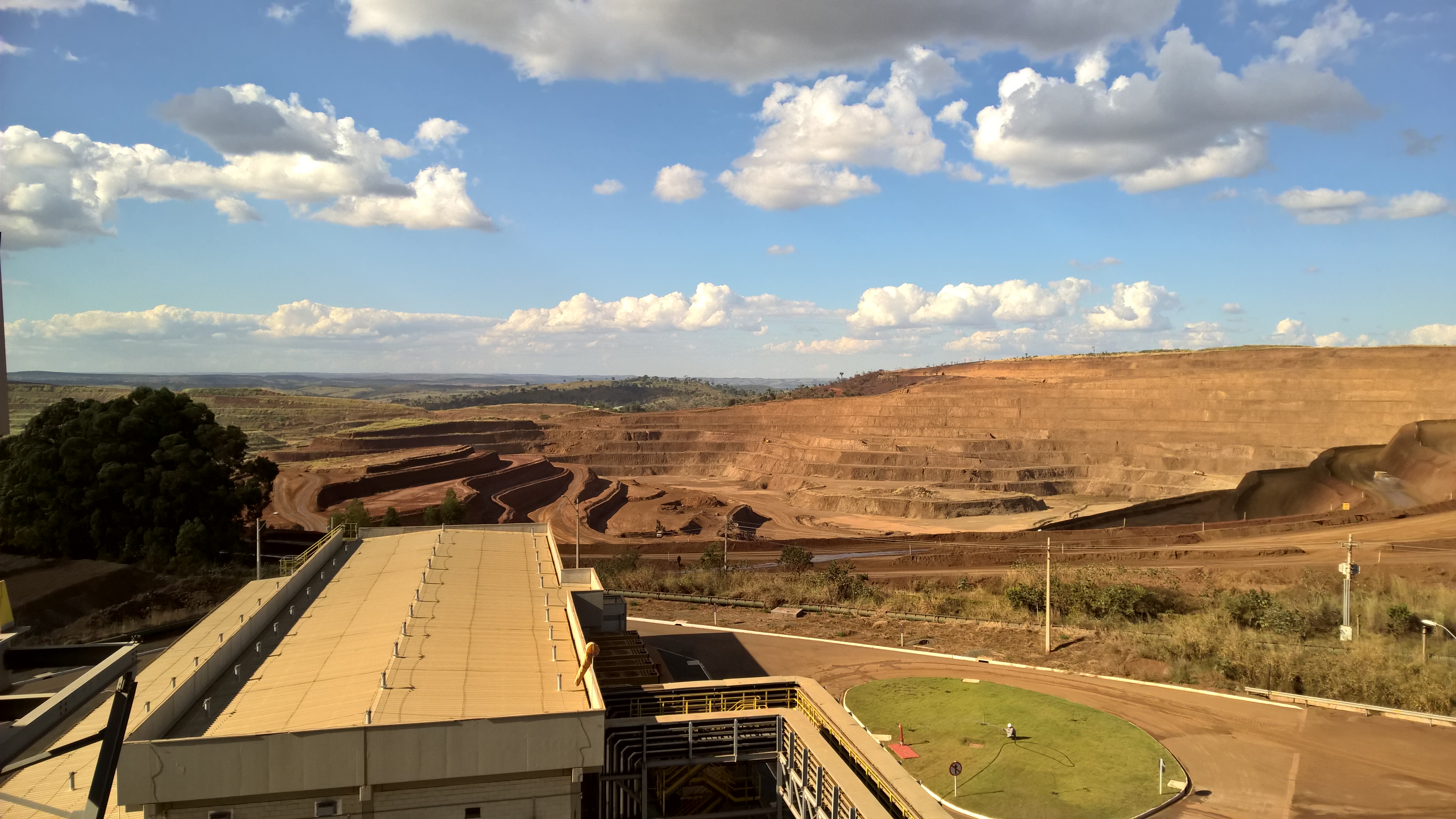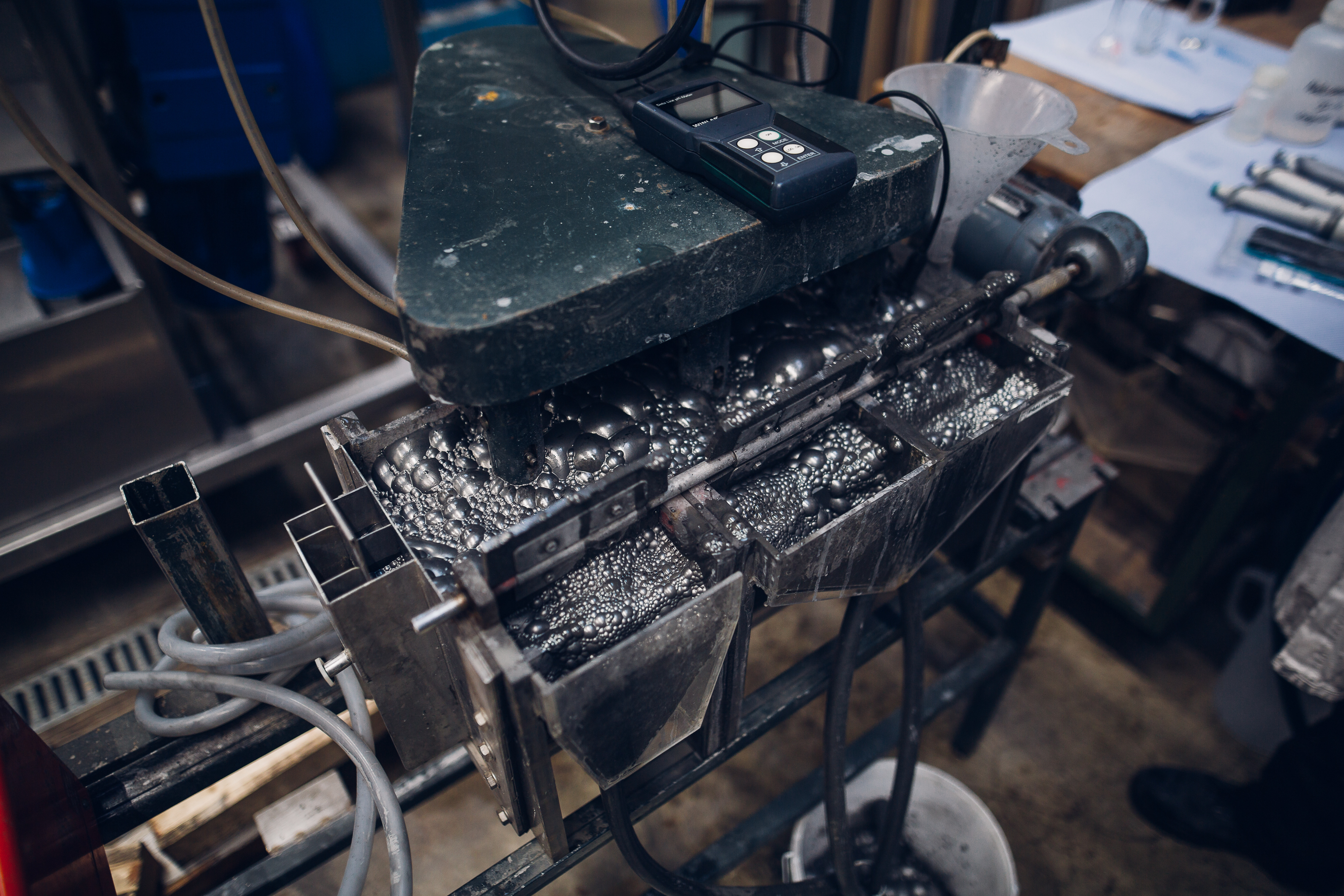Life on land
Decent work and economic growth
Responsible consumption and production
Partnerships for the goals
Coordinator: Technische Universität Clausthal; Institut für Aufbereitung, Deponietechnik und Geomechanik
Contact Person: Kirstin Schneider
Address: Walther-Nernst-Straße 9, 36878 Clausthal-Zellerfeld
Phone: +49 (0) 5323 -72 2961
Email: kirstin.schneider(at)tu-clausthal.de
Project partners
- Helmholtz-Zentrum Dresden-Rossendorf e. V. - Helmholtz-Institut Freiberg für Ressourcentechnologie
- Öko-Institut e.V. - Bereich Ressourcen & Mobilität
- FUGRO Germany Land GmbH
Project partners in Brazil
- CMOC International Brasil, Catalão/GO
- Modelling and Mineral Processing Research Lab (LaMPPMin), Federal University of Catalão (UFCat)
- Laboratório de Caracterização Tecnológica, Escola Politécnica da Universidade de São Paulo, São Paulo/SP
MoCa - Development of a Production Chain for Rare Earth Elements from Tailings of the Ultramafic Alkali-Carbonatite Complex Catalão / Goiás
High-tech industry would be nothing without rare earths. Brazil has the second largest reserves of rare earths in the world after China. In order to secure the long-term supply of these special metals, Brazilian and German researchers are working together in the MoCa joint project. The partners are analysing the extraction potential of rare earths from previously unused mining residues from the Brazilian Catalão / Goiás deposit. The procedures are being developed while taking cost-effectiveness and sustainability into account.
Recovery of rare earth elements from previously unused mining residues
With 22 million tonnes, Brazil has the second largest reserves of rare earths in the world. Despite this great potential, only a small amount of rare earths is currently being produced on an industrial scale in Brazil. Since Brazil has been promoting the development of its own rare earth production for several years and Germany has a large demand for rare earth products, the two countries have entered into a strategic partnership.
One of the most important rare earth deposits in Brazil is the ultramafic alkali-carbonatite complex Catalão in the state of Goiás. The company CMOC International Brasil is mining the deposit for the production of fertilizers and ferroniobium due to the apatite and pyrochlore content. In addition to minerals containing phosphate and niobium, the ore contains rare earth minerals. The deposit's rare earth minerals are currently not being recovered and are deposited as mining residues.

The aim of MoCa is therefore to investigate the extraction potential of rare earths both from residues from current production and deposited residues at the Catalão site. The competitiveness and sustainability of the developed processes will be examined using economic considerations and life cycle assessments. On the basis of these analyses, the advantages of rare earth extraction from mining residues compared to conventional extraction from primary materials are to be worked out.
Exploration of mining residues
Modern characterisation methods for mining residues are based on innovative remote sensing technologies and sensors. In the MoCa project, in addition to conventional remote sensing methods, hyperspectral analyses from drone overflights will provide detailed information on height grading and enrichment zones of rare earths. Furthermore, a method form pressure probing in combination with X-ray fluorescence analysis will be developed further in order to carry out simultaneous detection and quantification of the rare earths on site. A 3D model of the mining residue will be created based on the remote sensing and sensor data. The model will be useful as a basis for targeted mining for the extraction of rare earths.
Development of innovative process approaches for the processing of mining residues
On the basis of mineralogical and chemical analyses, innovative processes for the efficient extraction of rare earths are being developed for selected mining residues from current production.
In the first step, the rare earths are to be enriched in a concentrate. Due to the expected very small particle sizes and the complex mineral composition, the mechanical preparation experiments will concentrate on magnetic separation, density separation and flotation. In addition, solutions for the dewatering of concentrates and waste streams resulting from mechanical treatment will be developed. Based on the laboratory results, an overall process will be designed and validated on a small scale.
In the second step, a pure mixed rare earth oxide will be prepared by wet-chemical processes. The focus of process development is on the efficient and safe separation of impurities.

Strategy for industrial implementation
On the basis of the investigations, a detailed roadmap for the industrial implementation of the developed processes for the extraction of rare earths from the mining residues of the deposit in Catalão will be developed at the end of the project. The strategy will include relevant milestones as well as information on key challenges and possible solutions.
